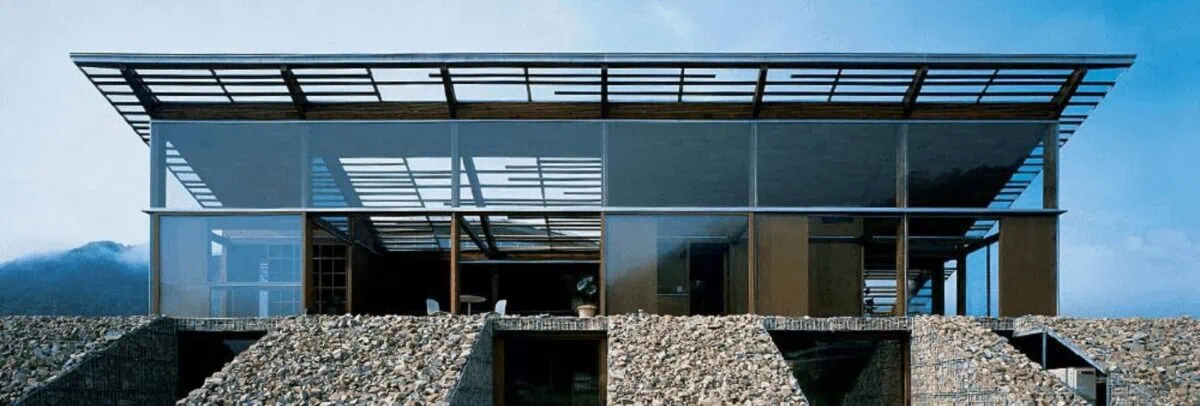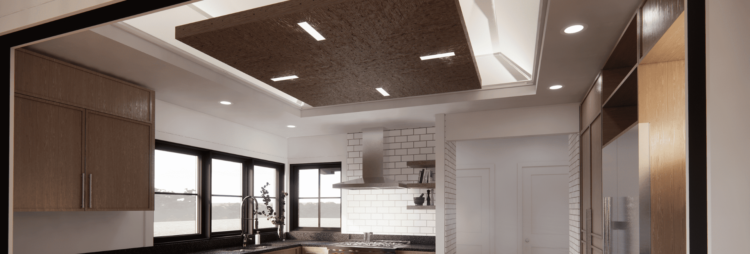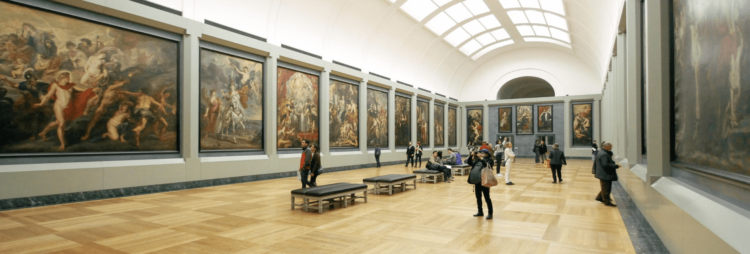![[eBook] How OLED is Healthy Light for Our Well-Being](https://www.oledworks.com/wp-content/uploads/2020/08/top-banner-image-blog-page-healthy-ebook-750x254.webp)
By Nick Swancott, Marketing Specialist
Anyone who has taken a look at Dezeen or Architectural Digest has likely come across the use of natural light, or daylight, as a key selling point for a space. Beyond its nice warm glow, there are proven benefits to surrounding ourselves with daylight. And when the average person spends more time than ever indoors, it’s crucial that we take advantage of these benefits.
What’s the Big Deal?
Daylight exposure has been shown to improve mood, alertness, and circadian rhythm management. For the home, this means better sleep, and a quicker, smoother transition into a state of alertness and readiness to work or learn. In a 2017 study published in the Journal of Human Resources, increased exposure to sunlight in the morning was linked to higher standardized test scores in high school students.
For employers, there is a serious potential for financial gains. According to a Future Workplace Employee Experience Study, 78% of employees say access to natural light and views improves their well-being, which could lead to decreased sick days, and 70% report improved work performance. Lisa Heschong, managing principal at TRC Companies from 2012-2015, interviewed a group of workers in daylit retail, education, and commercial spaces. Her findings indicated “they consistently report how they love working there, and hope they never have to transfer elsewhere.”
The All-Stars
A tried and true method of learning is to study the masters and apply their techniques to your own work. Quarterbacks watch Tom Brady and Joe Montana. Pianists study Chopin and Mozart. Actors learn from the likes of Viola Davis, poets from Whitman, and so on.
So, we decided to point out one of the greats, who has been recognized for his beautifully daylit spaces: Hiroshi Sambuichi.
Hiroshi Sambuichi has been recognized for his impressive resume of designs that incorporate a masterful use of daylight and natural sources. In 2018, he was the recipient of the Daylight Award in Architecture, an honor given to one architect every other year for the benefit of human health, well-being, and the environment. According to James Carpenter, American architect and jury member for the Daylight Award, in Sambuichi’s hands, “light becomes timeless, fluid and rich”.
Below are two of Hiroshi Sambuichi’s designs, STONE HOUSE and THE WATER, that serve as an inspiration to anyone interested in daylighting.
STONE HOUSE – Japan
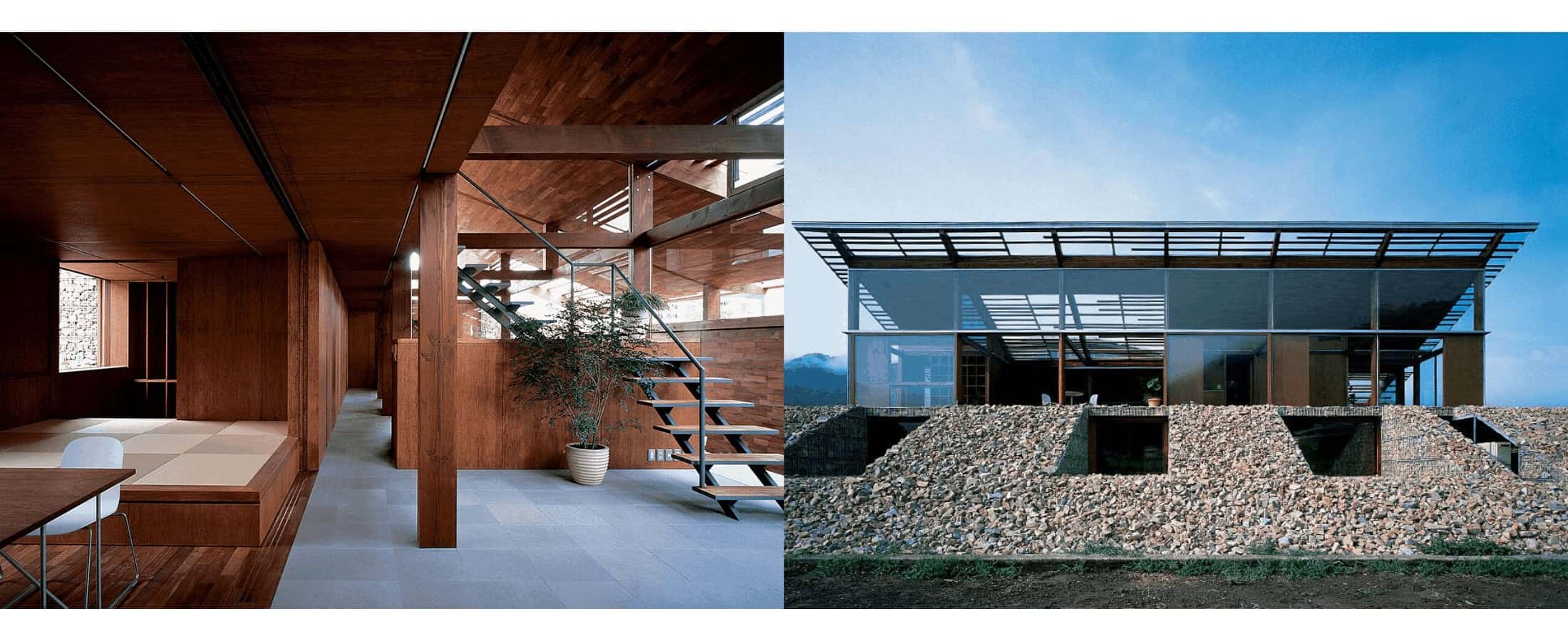
Photographs by Shinkenchu-sha
Built to ‘tread lightly’ on its surroundings, the Stone House sits among the mountains at the junction of Hiroshima, Yamaguchi, and Shimane.
Source: Wallpaper
THE WATER – Frederiksburg, Netherlands
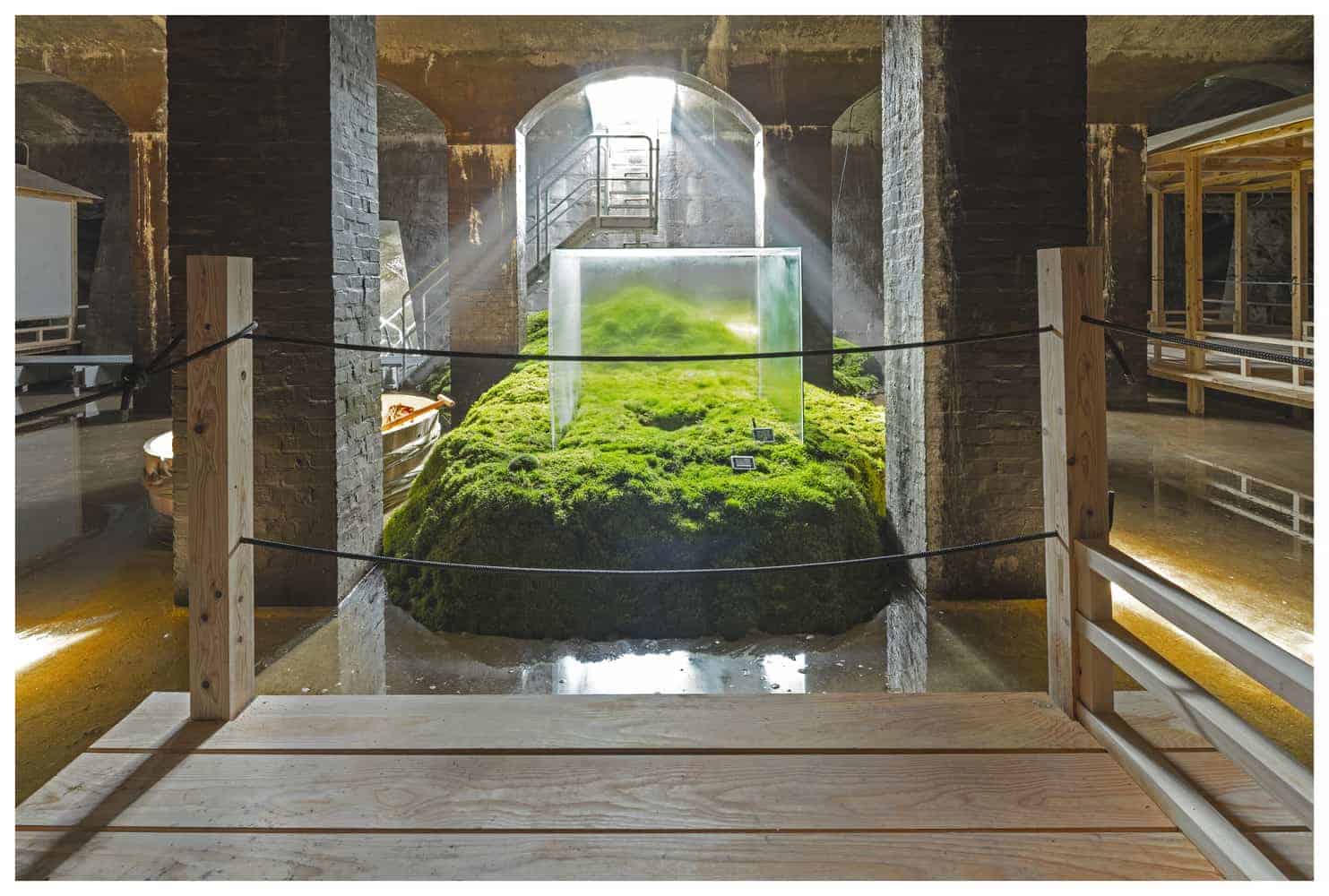
Photograph by Jens Markus Lindhe
Originally named Solbjerg, or “Sunhill”, Sambuichi was enamored with the name of these cisterns, and cut a hole in the top of them to “join the sun and the water”.
Source: World Architects
Easy for You to Say…
While it is great to learn from the masters and study the incredible use of daylight in these immaculate designs, the reality is access to abundant daylight simply isn’t feasible for all.
The primary challenges are cost and layout. If your space doesn’t already have existing windows, gaining access to daylight would mean the potentially steep cost of installing exterior windows or skylighting. Plus, according to Michael Tobias of New York Engineers, successful daylighting must also minimize the heating effect of direct sunlight, otherwise it could increase air conditioning loads considerably. High-efficiency windows and automatic lighting systems can help mitigate this issue, but these would of course mean a higher initial investment. And even if there is a cost-effective solution, there is layout to consider. Interior offices are often too far away from exterior windows to receive significant benefit from natural lighting.
So for spaces that can’t afford the typically high initial investment of effective daylighting, what other option is there? Look toward another organic light source: OLEDs.
The Other Organic Light Source
Organic Light Emitting Diodes (OLEDs) are the next best thing to sunlight.
An OLED panel comprises one light emitting diode, whereas an LED panel of the same size would comprise multiple diodes. This homogeneous, area light source creates a naturally diffuse, glare-free illumination, successfully eliminating harsh shadows and creating a visually comfortable space.
The full-spectrum nature of OLED lighting creates a robust color experience, and mimics the feeling of daylight. And in a world that is becoming increasingly concerned with the hazards of intense blue light, OLED lighting is a safe bet. OLED light has been ranked as exempt from any blue light hazard according to the IEC standard for physiological risk, so eyes and skin are safe. Even without access to daylight, spaces can still feel lit by that familiar, natural glow.
Natural light is essential to our health, happiness, and productivity. By studying the likes of Hiroshi Sambuichi, we can see the pinnacle of what daylighting aspires to be. And with OLED, we have a solution for those spaces where natural sunlight just isn’t accessible. By using OLED to supplement daylighting, we can create a truly natural lighting experience that supports our well-being.
